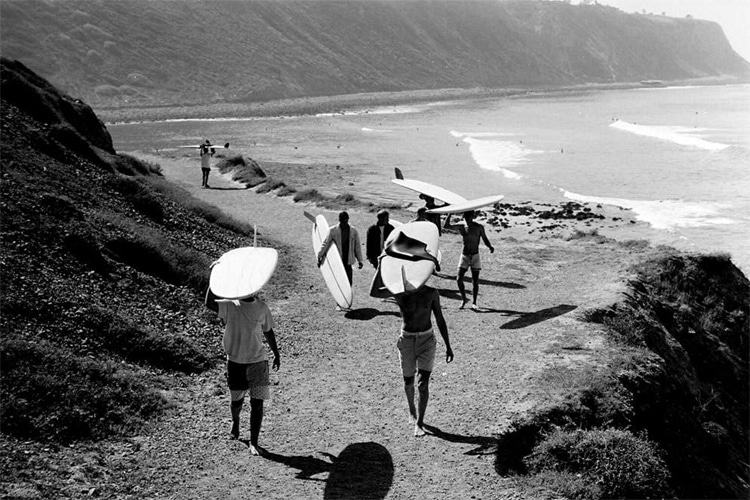As happens in modern times, surf clubs evolve from a group of surfers who travel and surf together and eventually form close bonds with each other.
Younger surfers needed rides, and older surfers had cars.
In the early days, there was also an interest in encouraging beginners and trying to get new surfers into the sport.
Friendships were easy to form and, once formed, became strong influences in a surfer's life.
We didn't have wetsuits in the early days, so all we had were fires to keep us warm; plus, some surfers wore sweatshirts or other shirts when they surfed.
After spending time in cold water, you headed to a fire on the beach, if possible, so you could get warm.
It was during this time that surfers got the chance to know those they surfed with.
Also, because there weren't large numbers of surfers anywhere back then, it didn't take long to figure out who was a local at any particular beach you visited.
Surf clubs grew from local groups who surfed together at primarily one spot regularly.
"We had a lot of beach parties back then. I went to many of them. They were all about the same. Those were the early days of 'Cerveza,'" explained Joe Riddick (1931-2023).
"More than likely, we just got together across the street. I had a ukulele I played. There were songs and festivities, all part of the get-together."
"We didn't catch lobster out from where I live, but they did catch lobster out at the Long Beach breakwater."
"The closest thing we got to those was the crabs out on the rocks. They were great days."
"Easy to remember all the get-togethers and the friendships we made. Those early days are never to be forgotten."
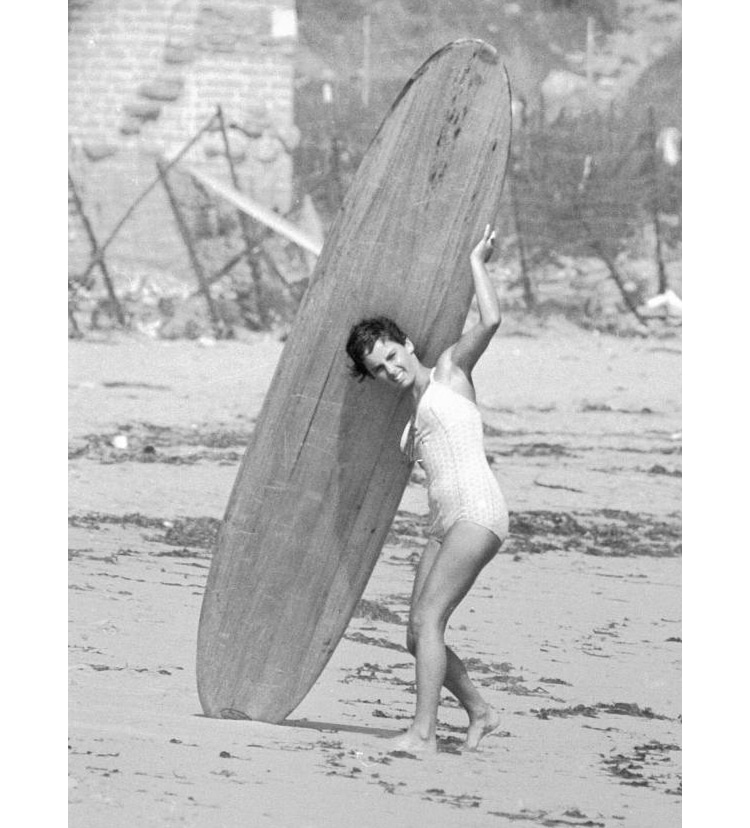
Outrigger Canoe Club and the Birth of Surf Clubs
Hawaii remains the Mecca and the wellspring of all things surfing.
The first club devoted to surfing and Hawaiian canoe racing was the Outrigger Canoe Club, founded in 1908.
The Outrigger clubhouse was on the banks of the Apuakehau stream that emptied the freshwater marsh of Waikiki into the Pacific Ocean.
There were only two hotels on the crescent beach of Waikiki; one was the old Moana Hotel, founded in 1901.
Both men and women belonged to the club, with the most celebrated member, Duke Kahanamoku.
In 1911, a club devoted to mostly Hawaiians was founded and named Hui Nalu, "Club of the Waves."
Hui Nalu and the Outrigger Canoe Club had a great and dignified rivalry that still exists to this day.
It was in 1965 when the Duke Kahanamoku Surf Club was founded. In 1950, the Waikiki Surf Club was formed.
The Waikiki is credited with creating the first major international surf contest in 1954, the Makaha International Surfing Championships.
The oldest continental mainland club is the Corona Del Mar Surf Club, which was established in 1919.
During the early 1960s, when "Gidget" and several other Hollywood beach movies were released, surfing exploded.
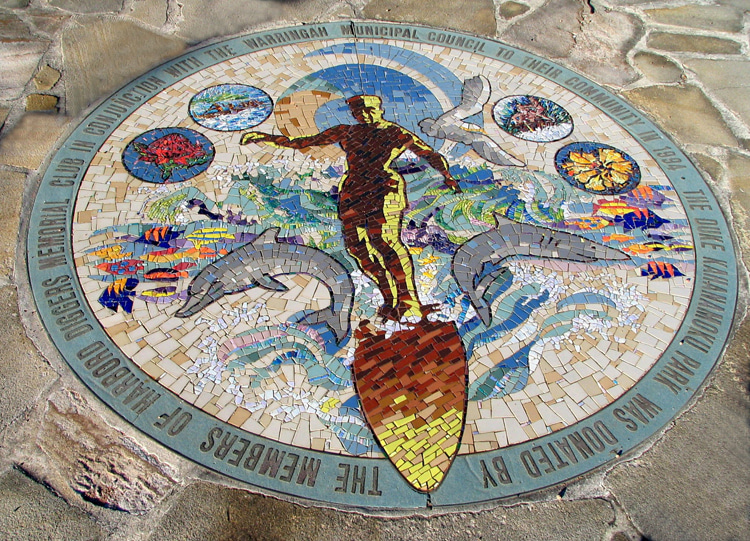
Expansion to the West Coast
Suddenly, everybody wanted to surf and wear cool beach clothing. Surf clubs sprung up all along the coast.
By 1963, there was such a proliferation of surfing clubs and competition interest that the United States Surfing Association (USSA) was divided into districts in California.
The District 5 boundaries extended from the southern border of Palos Verdes Estates down to the northern border of Oceanside.
There were 23 registered clubs in District 5. The District directors were Robert Moore, Mickey Munoz, Kit Horn, Hobie Alter, and Tim Dorsey.
Along with the Long Beach Surf Club, there were eight clubs with Long Beach addresses: Holo Kai, Makaui, North Long Beach Surfers, Poseidons, Southland Girls, West Shore Surfers, and Wipeouts.
Other Orange County clubs which were around in the early 1960s included:
- B-5s of Rossmoor-Los Alamitos;
- Bohemian Surfing Association;
- Seal Beach Surf Club;
- Goat Hill Surfers of Newport Beach;
- San Onofre Surfing Club;
- Salt Creek Surfing Society of Dana Point;
- Buena Park Surf Club;
- Beachcombers of Orange-Santa Ana;
- Furr-Burr Surf Club of Sunset Beach;
- Haggerty's and Palos Verdes Surfing Clubs from Palos Verdes;
- Seal Beach River Rats;
- Shorebreak Surfing Club and West Coast Surf Club of San Pedro;
- Southern Shores of Anaheim;
- Tritons;
There were many more clubs in Los Angeles County.
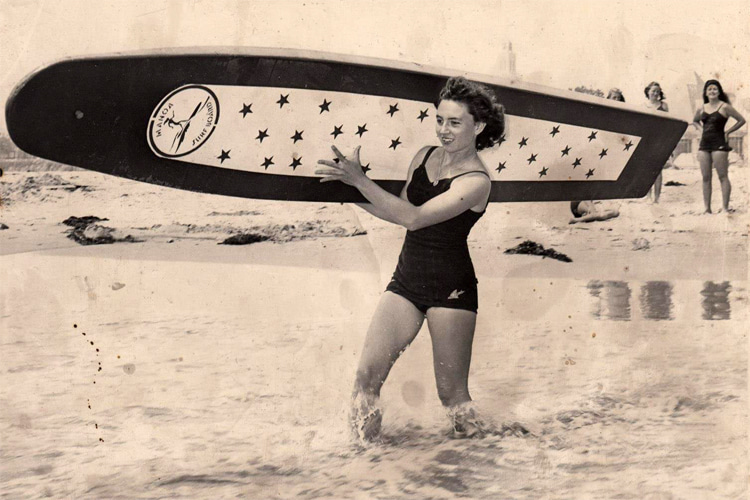
The Purpose of a Surf Club
So, what really is a surf club? A club is defined as an association or organization dedicated to a particular interest or activity.
Surf clubs were more than that.
Besides regular meetings, parties, and the usual competitive activities, they offered friendship, companionship, honor, and respect for one another.
They had role models that created enthusiasm for surfing and sportsmanship among the members, regardless of the individual's ability.
While there were likely many clubs that exhibited these characteristics, my book "History of West Coast Surf Clubs" focuses on the organized surf clubs that existed during the golden era of surf clubs until the mid-1970s.
Many early clubs folded or significantly declined during World War II, so researching information on clubs before the 1950s was difficult, particularly when their members may have all passed on.
There were some significant social issues that took place in the early 1960s that also caused changes in the make-up of surf clubs.
One major impact on clubs during the late 1960s had to do with board evolution.
With the advent of shortboards, a great many of the older, more organized individuals who kept the surf clubs together simply refused to transition.
Also, young hot-shot surfers could not identify with most of these older surfers and thus refused to get involved with many existing clubs.
The real heyday of surf clubs came in the early to mid-1960s and extended through the 1970s.
Almost every recognized surfer along the West Coast was a member of one club or another.
Some of the clubs around by then included Brooks Street Surf Club, 17th St Ducks, Offshore (Oceanside), Haggerty's, Suncraft, and the Californian. San Fernando Valley Surf Club was big around 1972.
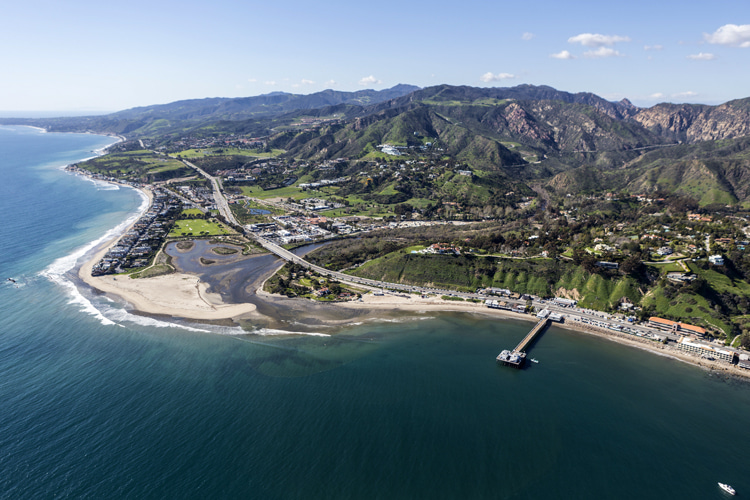
The Invitationals Era
Competitions between the clubs were very popular.
The most prestigious of them all in the 1960s was the Malibu Invitational. The contest was held at Malibu's acclaimed Surfrider Beach.
According to Corky Carroll, "This was the contest that you wanted to be in. Being in this one gave you at least one 20-minute heat in the water at Malibu with only five other surfers."
Another club competition was held in San Miguel, Mexico. The Baja Surf Club Invitational, organized by Mexico's first surf club, began in 1966.
An interesting side note: Baja Surf Club members wore Huarache shoes to protect their feet during the first club invitational.
While the contest was not as popular as Malibu, there were fewer laws in Mexico, so it always resulted in a great party.
Beginning in 1969, another big club competition was annually held in Huntington Beach at Golden West Street.
Huntington Beach Surfing Association's annual Club Championships, open to all surfers, drew many of surfing's top names.
The first contest was more of a test, with the real organized official club championship held the next year in 1970. The last contest was held in 1976.
As an example of the competition level, one semifinal heat in 1971 included David Nuuhiwa, Leroy Dennis, Leigh Martin, and Mike Wilson.
The other semifinal heat featured Mike Purpus, Tim Wirick, John Van Ornum, and Randy Lewis, all top-notch competitors.
Randy Lewis won the contest.
In the junior division finals at that contest, Neil Osborne, David Van Druff, Lonnie Buhn, and Tim Whelan had a real shoot-out.
The open women event included Linda Bennish, Jan Gaffney, Judi Monroe, and Mary Setterholm. These represented many of the top surfers anywhere in the U.S. back then.
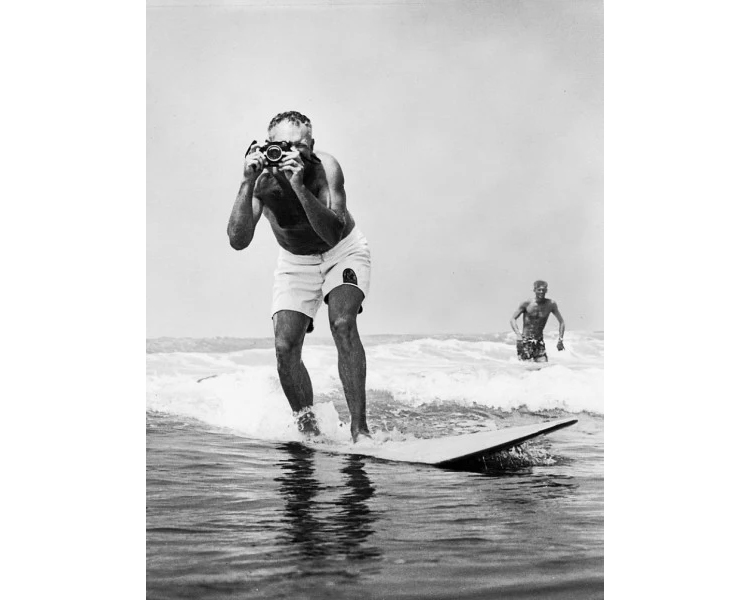
The Rise of College and High School Surfing
Towards the mid to late-1970s, many surf clubs had left the scene. Several factors contributed to their demise.
As boards and equipment grew more expensive, manufacturer surf teams and board sponsorship became more important than club activities to surfers.
As such, competitors were too involved with their sponsors to compete for other teams.
The Western Surfing Association was holding team competitions in their meets so a manufacturer could have their surf team compete at that level.
Another factor was the rise of organized college and high school competition teams.
The Western Intercollegiate Surfing Council held regular competitions during the school year, while many high schools had surf teams competing during the same time period.
A surfer only has so much organizational time he can devote to the sport.
A third factor was cost, both for awards and contest insurance. Dues simply could not cover expenses. Insurance for a club event was very expensive.
Municipal organizations were simply unwilling to issue a beach permit unless insurance was available.
Insurance for a club contest typically ran around $150 per day minimum.
Without the contest as a primary source of revenue for operation and awards, clubs simply could not afford to compete with other more sponsored activities.
My book is an attempt to consolidate information from various places, plus my memories and the memories of those who lived through the surf club era to the mid-1970s.
If it wasn't for pioneer surf photographers like Leroy Grannis and Doc Ball, even pictures from the early era of surf clubs would be lost.
Now, my generation is starting to move on, so this history is important to preserve. Many consider this period the golden era of surf clubs.
In my book, I've tried to include almost every surf club that has any historical references from that era, plus a section of Vietnam clubs because of their significant presence in the surf club world during the period I've addressed.
My primary goal was to ensure the real story was recorded by those who were there.
Someone in the future writing this book with second-hand or third-hand knowledge would have a difficult time.
As it was, there were many clubs, and getting information about all of them, even from members who I know personally, was like "pulling teeth."
I couldn't find inputs for all of the clubs in that era. Hopefully, I can get this revised as more information becomes available in the future.
Words by Bruce Gabrielson | Surfer and Author of the Book "History of West Coast Surf Clubs"
